Warning: This review contains spoilers for Avatar: The Last Airbender.
In a world that’s suffering from reboot fatigue it can be hard to remake a beloved bit of content at the best of times. The task is even harder when you’re talking about something that has a rabidly devoted fanbase, like Avatar: The Last Airbender.
The specific problems around remaking this franchise are manifold. Producers would have wanted to capture the magic that made the original so great while also crafting a story that new audiences could fall in love with. The inherent differences between animation and live-action mean that beloved scenes and storylines would have to be shifted. Things like character changes would be scrutinized more than welfare funding in a conservative district. There was a large chance that this live-action remake would end up as traumatizing as the famously failed M. Night Shyamalan movie.
The opening sequence of Avatar: The Last Airbender immediately banishes those demons. We dive right into a battle between an unnamed earthbender and some fire nation soldiers, and the first bit of bending we see is earth, which many fans will see as a joking reference to the notorious scene in the Shyamalan film. It’s as if the showrunners are telling fans not to worry. And they’re right to, because this is a fantastic watch that only grows in stature over its eight-episode arc.
The series is rejigged both in terms of timelines and plot. We quickly learn this riveting battle scene takes place during the time of Fire Lord Sozin (Hiro Kanagawa), so viewers of this first episode are given much more historical context for the ATLA world than is provided in the opening episodes of the original series. We then switch to a young Aang (Gordon Cormier), who learns that he is the all-powerful Avatar, and is about to be taken away from those he knows and loves so he can begin his training. There’s some exposition that’ll be old news to fans, but is necessary for newer watchers if they want to have a clue about what’s going on. Not all of us have in-depth opinions about the ethics of bloodbending, after all.
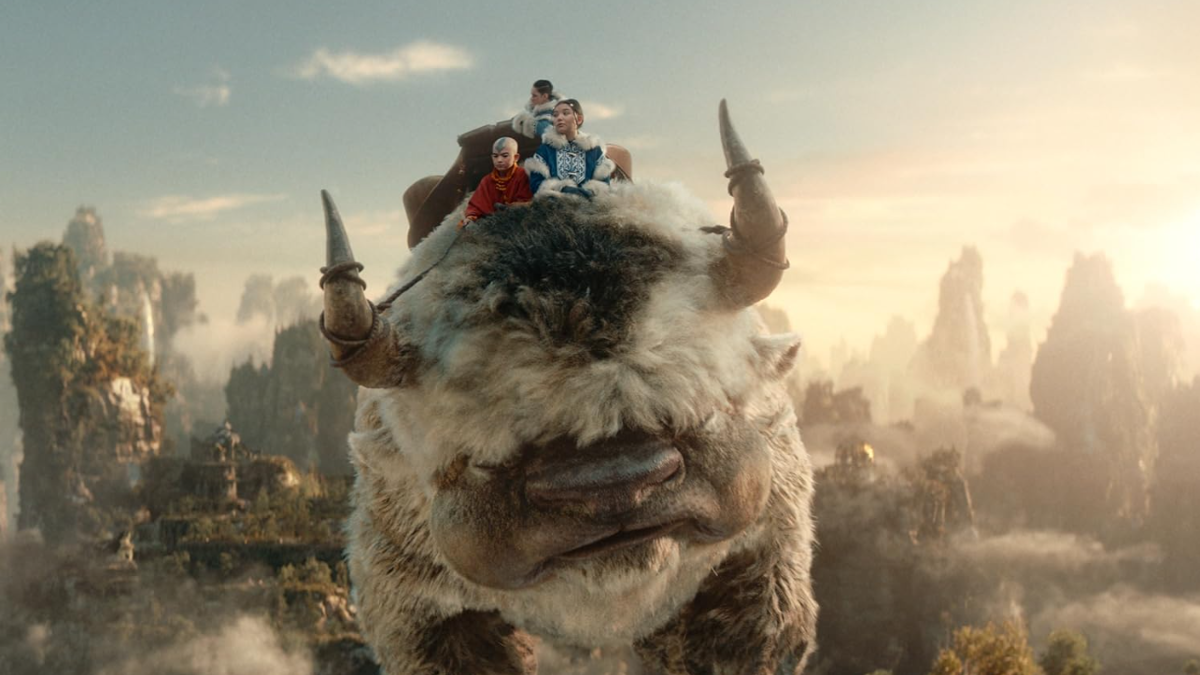
Another clear change is the overall darkening of the show. While the themes of the original were hardly lighthearted (the impact of genocide, the horrors of war, and how abuse can seep through generations are just some of the fun things that the cartoon touches upon), the live-action series stares at these issues directly in the face. In a time where there is state-sanctioned slaughter being justified under the guise of bringing peace, this is sadly more relevant than it should be.
The most tangible example of this newfound realism is the way the show touches upon death. The animated series was famous for brushing over it, but here we see the true evil of firebenders as they melt flesh from bone, as well as a more in-depth exploration of how a hundred years of war destroys the psyches of those who have suffered through it. The altered character of Bumi (Utkarsh Ambudkar) encapsulates this, typified by a harrowing speech he gives to Aang about the hard choices leaders have to make, like deciding whether the orphanage or the army gets the last scraps of food.
Bumi isn’t the only character who is developed differently, but the shifts are handled well by the writing team. The fact that Sokka (Ian Ousley) is less outwardly sexist than his character originally is in the animated series was greeted with consternation among the fandom, who felt a great character arc was being ripped from them. However, the showrunners have given him different motivations that work well. Plus, it’s not as if they have just gotten rid of it to appeal to some “woke” agenda, as shown by the fact Pakku (A Martinez) is still a sexist who overcomes his bigotry. Katara is also less hotheaded than in the original series, with more attention given to building her confidence as a waterbender. It might not be familiar, but it feels natural.
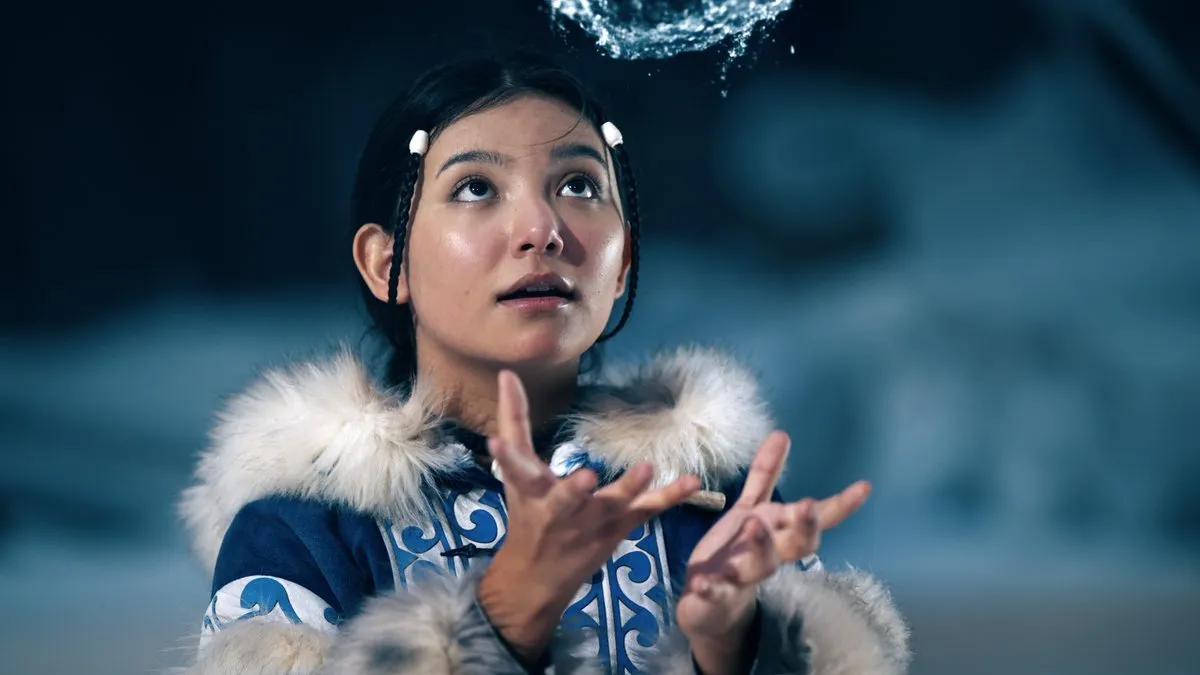
One character who’s her familiar dastardly self is Azula (Elizabeth Yu). Her introduction is one of the most riveting scenes in the season and perfectly conveys her relationship with her abusive father Fire Lord Ozai (Daniel Dae Kim). The messed-up dynamics of that whole family come to the fore early here, and will undoubtedly be a rich vein to tap into in later seasons.
Generally, more space is given to backstories and interpersonal relationships in this series, and the characterization is a lot subtler than the original. This is a natural consequence of the fact it’s live-action, and aimed at a wider audience than just kids. Many characters benefit from this, but none more so than Zhao, who is portrayed phenomenally by Ken Leung.
As a visual feast, the series is astounding, especially when it comes to showing bending. The fight scenes are wonderfully choreographed throughout, and aside from a few moments when Aang’s light-footedness stretches the believability of the CGI, it all feels real. Costumes and make-up are all perfect, as is set dressing. This is a series that demands to be watched on a big screen.
The showrunners manage to integrate fan service moments too. Yes: that means the cabbage seller makes an appearance. There are also tidbits of information from the wider Avatar universe slipped in, like Kyoshi’s poverty-stricken origin, as well as an early mention of lion turtles to right the deus ex machina wrongs of the original series. Things are looking good for those who are keen to see Zuko (Dallas James Liu) say “that’s rough, buddy,” at some point in season 3.
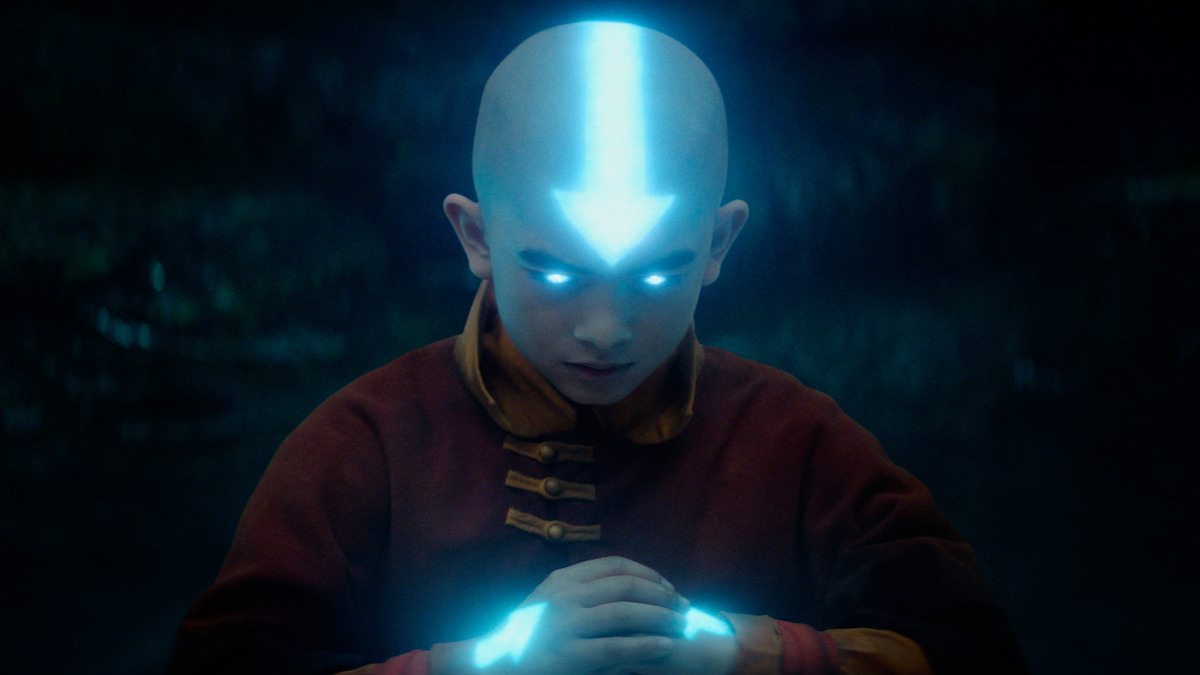
My one major criticism is that in some scenes the acting feels a little wooden, especially in the early episodes. The banter between the Gaang is occasionally rather forced, at which point you remember these are mostly child actors with little experience. So, it’s easy to cut them some slack, especially as all of them pull it out of the bag in the heavier scenes. Sokka’s one-liners also fall flat, but that could be a result of their sharp contrast against the more viscerally dark tone of the show.
Additionally, much like in the animated series, the show takes a couple of episodes to find its feet, which means some slower and less compelling moments. By the third episode, however, we are in the full swing of things. Episode 6 is a particularly brilliant watch, and possibly the best of the season.
Watchers also may take issue with the less-than-subtle dialogue. Then again, this is adapted from a show in which Zuko said the word “honor” so often it may as well have been tattooed on his face, so a little laziness with regards to showing character motivation isn’t the end of the world. In a way, it’s to be expected, especially with all the lore to pack in.
At its heart, Avatar: The Last Airbender is a story about finding balance. The showrunners have managed to do that by crafting something new and exciting, while keeping hold of the things that made the source material so great. Whether you’re a first-time watcher or someone who could write an essay on why Zaheer is one of the greatest animated villains of all time, you will find what you’re looking for in this reboot. I know I can’t wait for season 2.

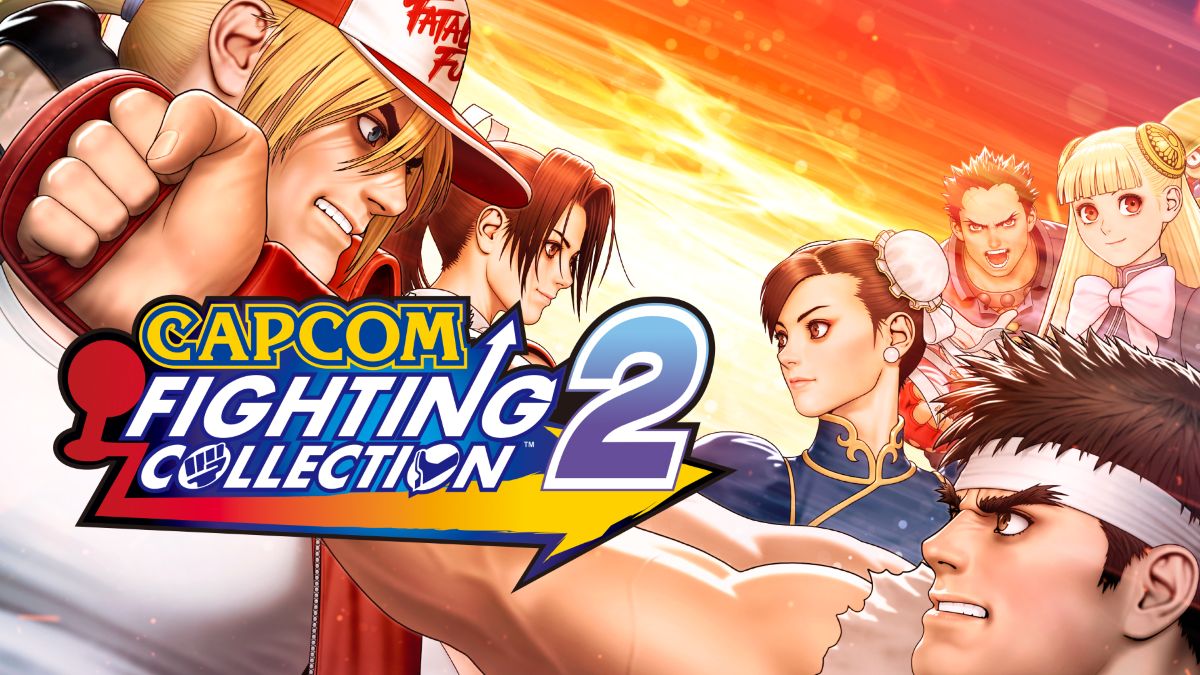






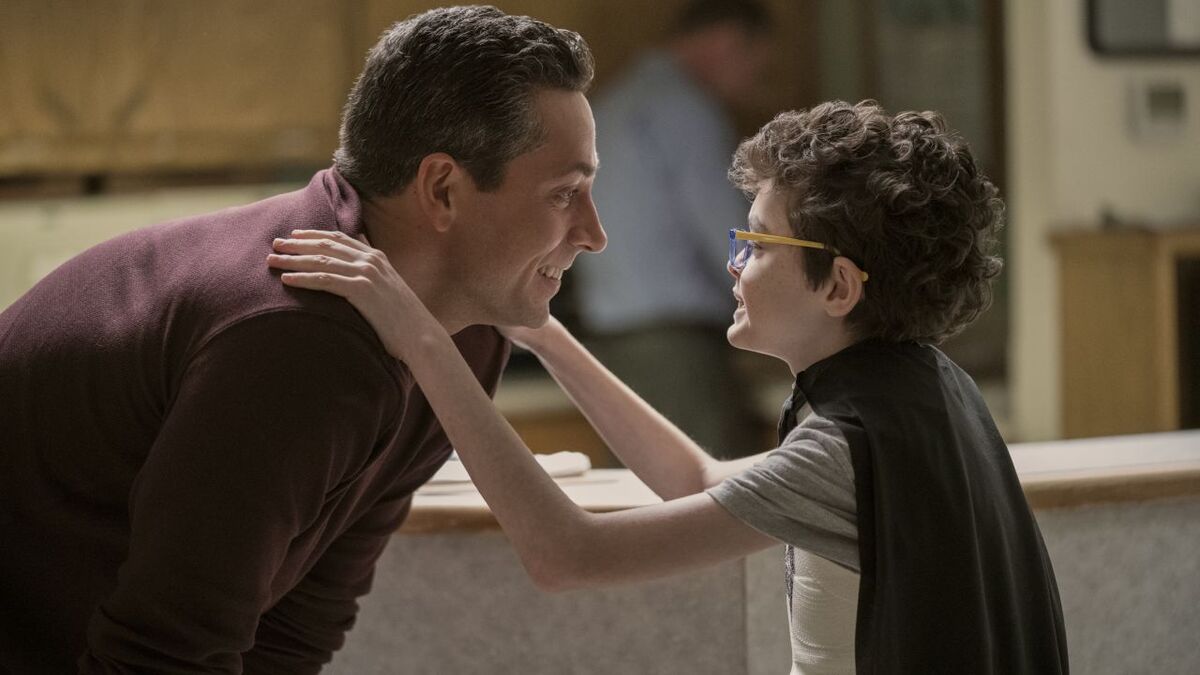
Published: Feb 22, 2024 03:01 am